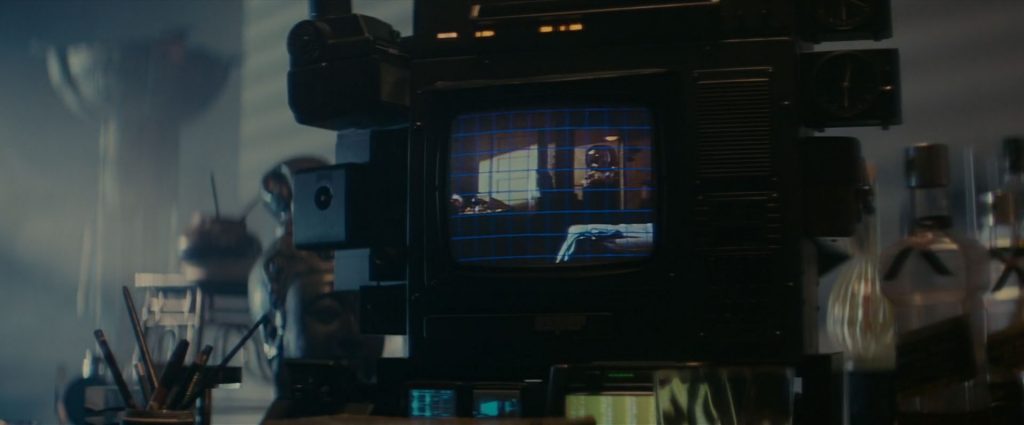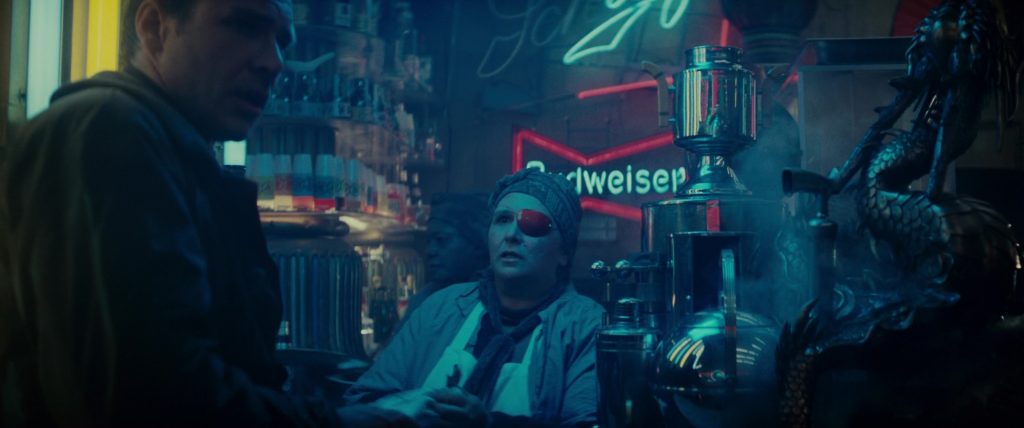On Blade Runner 2019
Posted by Jack on 2019-11-07 at 16:12Tagged: scifi
Here we are in November, 2019 - the starting date for the original Blade Runner.
Blade Runner is a classic by any measure. The world is practically the definition of cyberpunk, even though it predates a lot of other works - specifically Neuromancer- that really set the foundation for the genre as separate from general near-future sci-fi.
I've seen Blade Runner many times, and played the equally great PC game when it came out in 1997 on a stack of CDs. It colored my imagination of a what a corporate dystopian future looks like, and even now it evokes that world well, and to some extent even better than its modern sequel Blade Runner 2049 could with its masterful use of CG. That said, every time I rewatch this classic bit of film, and appreciate the gritty setting and the ambiguities of the plot, the thing that strikes me isn't just how imaginative the world is, it's also the extremely mismatched idea of technology it spawned. It's the perfect amalgamation of 80s tech flung forward in time.
This is a world that can envision flying cars, off world colonies, and the signature deep genetic engineering (i.e. replicants) but still has video pay-phones and glorious computers with green on black text and a bunch of fun analog controls. There's no such thing as wireless communication, or even the internet. There's no such thing as a general purpose machine. The Voight-Kampff machine, or the ESPER (the machine Deckard uses to do his mind-blowing photo investigation) are both these great, twisted and beautiful desktop machines that serve one purpose.
 Pan right, wait... enhance
Pan right, wait... enhance
Future Los Angeles is also cyberpunk perfection. Apartment buildings 100 stories tall crammed together. Everything at street level is mostly pedestrian because of the flying car situation, but even so it's twisted and claustrophobic. One of my favorite street level places is a literal hole the wall bar Deckard visits after he retires Zhora
 Little nook for a drink
Little nook for a drink
With all of the foot traffic it's easy to imagine this place making money, but there's also a contradiction in the story here. On film the world is densely populated and yet there are huge sections of Los Angeles that are empty - like the Hotel Yukon that hosts a single tenant. Blade Runner 2049 elaborates on this theme where large swathes of old LA are just completely desolate. This is a fundamental tension in all cyberpunk - how do you have so much humanity packed into a single place? There's a required claustrophobia that's never really balanced with the reality that the world is a massive place and it's easier to build out than up.
Regardless of setting contradictions, Blade Runner also has this great melange of characters, some of which are now cyberpunk tropes (like Deckard the hard-boiled future detective himself) but many of which defy expectations. Like the old asian woman that Deckard takes the snake scale to - not the sort of person you'd expect to be doing microscopic analysis. Similar to Dr. Chew, or J.F. Sebastian the genetic engineers behind the Nexus 6 - both extremely weird people in extremely weird settings.
 Typical data analyst in 2019
Typical data analyst in 2019
Anyway, now that we've officially entered the corporate dystopia of 2019, it's fun to look at Blade Runner from a retro-futuristic angle and appreciate its bold predictions and well envisioned world - even if that world thankfully didn't end up looking much like our own.
